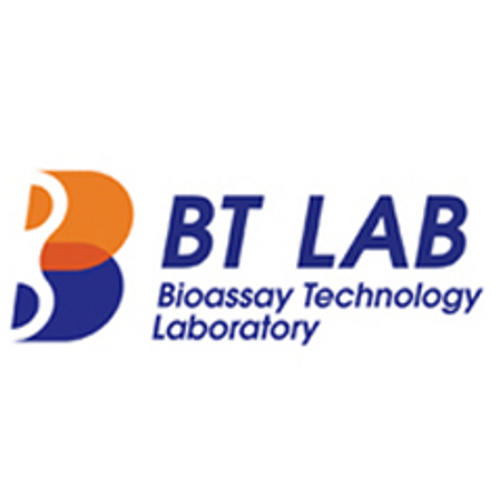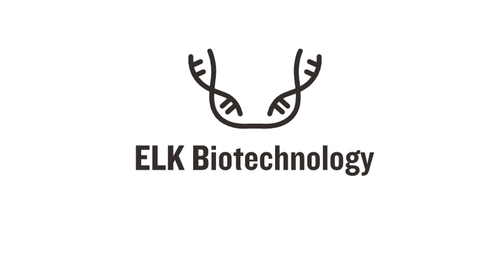Product Description
Rat Adiponectin (ADP) ELISA Kit | AE24045RA | Abebio
Species Reactivity: Rat (Rattus norvegicus)
Abbreviation: ADP
Alternative Name: ACDC; ACRP30; ADIPQTL1; ADPN; APM-1; APM1; GBP28; adiponectin; OTTHUMP00000210047|OTTHUMP00000210048|adipocyte; C1Q and collagen domain containing|adipocyte; C1Q and collagen domain-containing|adipo
Application: ELISA
Range: 3.12-200 ng/mL
Sensitivity: 1.33 ng/mL
Intra-Assay: ≤3.9%
Inter-Assay: ≤7.5%
Recovery: 1, 02
Sample Type: Serum, Plasma, Other biological fluids
Detection Method: Sandwich
Analysis Method : Quantitive
Test Principale: This assay employs a two-site sandwich ELISA to quantitate ADP in samples. An antibody specific for ADP has been pre-coated onto a microplate. Standards and samples are pipetted into the wells and anyADP present is bound by the immobilized antibody. After removing any unbound substances, a biotin-conjugated antibody specific for ADP is added to the wells. After washing, Streptavidin conjugated Horseradish Peroxidase (HRP) is added to the wells. Following a wash to remove any unbound avidin-enzyme reagent, a substrate solution is added to the wells and color develops in proportion to the amount of ADP bound in the initial step. The color development is stopped and the intensity of the color is measured.
Product Overview: Adiponectin, alternatively named Adipocyte Complement-Related Protein of 30 kDa, shares structural similarity with complement factor C1q and is a member of the family of defense collagens. It is secreted exclusively by differentiated adipocytes and circulates at high concentrations. Adiponectin has a modular structure comprising an N-terminal collagenous domain with multiple collagen triple helix repeats, followed by a C-terminal C1q-like globular domain. The globular domain has similar folding topology with tumor necrosis factor-α and assembles into homotrimers. Higher order oligomeric adiponectins are also formed via interactions between the collagenous stalk. A truncated form of Adiponectin containing only the globular domain can be generated by proteolytic cleavage.
Stability: The stability of ELISA kit is determined by the loss rate of activity. The loss rate of this kit is less than 5% within the expiration date under appropriate storage condition. The loss rate was determined by accelerated thermal degradation test. Keep the kit at 37°C for 4 and 7 days, and compare O.D.values of the kit kept at 37°C with that of at recommended temperature. (referring from China Biological Products Standard, which was calculated by the Arrhenius equation. For ELISA kit, 4 days storage at 37°C can be considered as 6 months at 2 - 8°C, which means 7 days at 37°C equaling 12 months at 2 - 8°C) .
 Euro
Euro
 USD
USD
 British Pound
British Pound
 NULL
NULL








